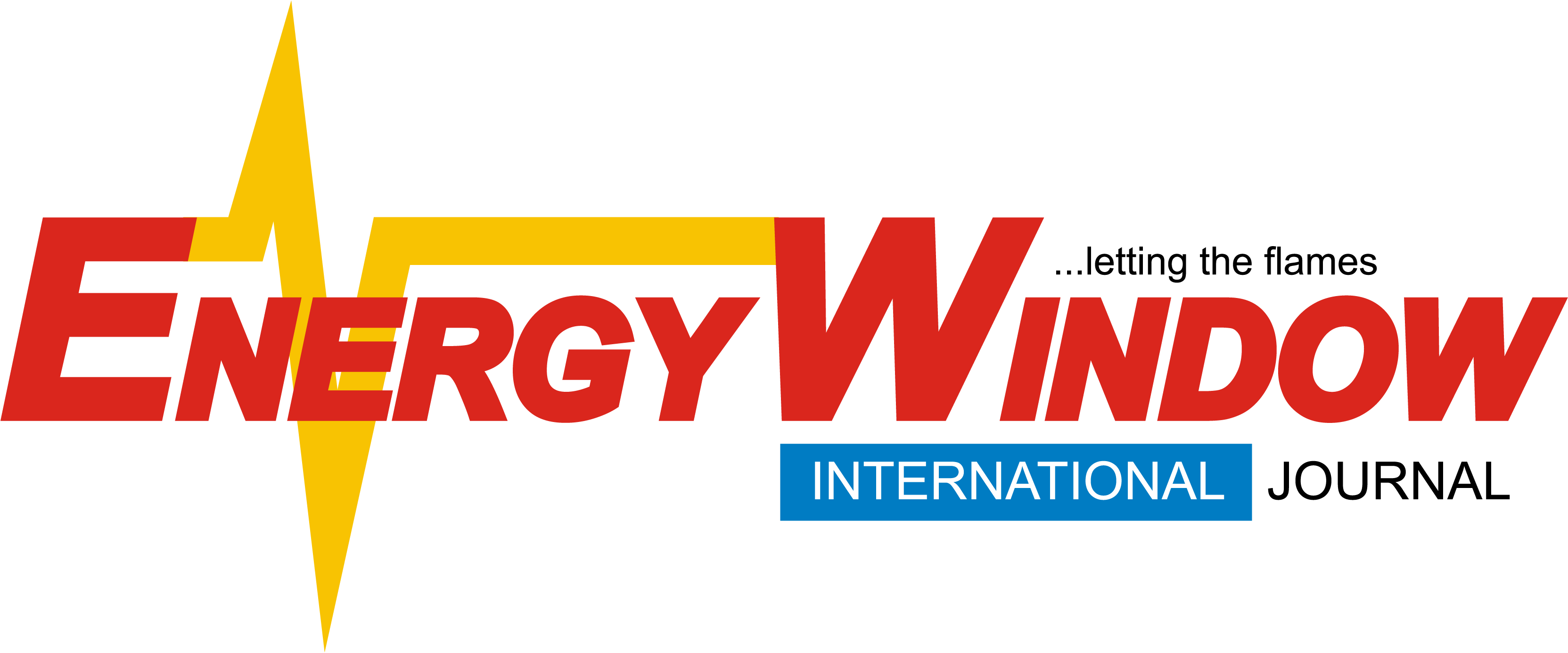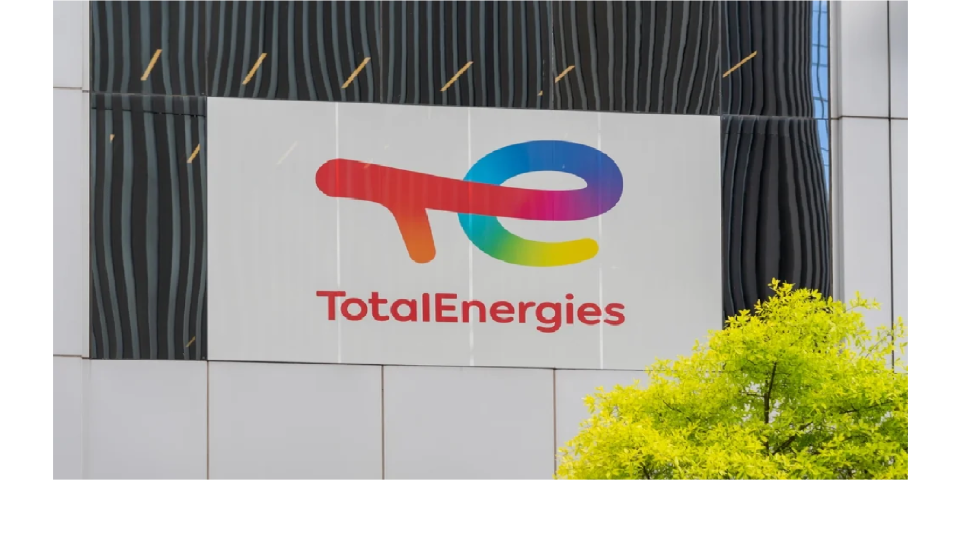- Marsa LNG will be one of the lowest carbon intensity LNG plants in the world
- It will be the first marine LNG bunkering hub in the Middle East, supporting the shipping industry’s energy transition
Under the patronage of Engineer Salim bin Nasser Al Aufi, Minister of Energy & Minerals of the Sultanate of Oman, Patrick Pouyanné, Chairman and CEO of TotalEnergies, and Ahmed Al Azkawi, OQ Exploration and Production CEO, celebrated the ground-breaking of the Marsa LNG plant, in the port of Sohar, northern Oman, one year after the Final Investment Decision (FID)
The 1 million ton per year (Mt/y) liquefaction plant is being built by Marsa LNG LLC, a joint company between TotalEnergies (80%) and OQEP (20%). The LNG production, which is expected to start in the first quarter of 2028, is primarily intended to serve the marine fuel market (LNG bunkering) in the Gulf – TotalEnergies has said in an email statement it posted to Energy Window International (Media).
Known as one of the lowest carbon intensity LNG plants in the world, the Marsa LNG plant is said to be fully electrified and combined with a 300 megawatt-peak (MWp) photovoltaic solar farm that would supply the equivalent of the plant’s annual energy needs. “Marsa LNG will therefore be one of the lowest carbon intensity LNG plants in the world, with less than 3 kg CO2e/boe of scope 1 and 2 emissions. For reference, this is 90% lower than the average carbon intensity of LNG plants in the world, which stands around 35 kg CO2e/boe”, the statement read.
Marsa LNG, also known as the first marine LNG bunkering hub in the Middle East and ideally located at the entrance to the Gulf is a site that has been selected deliberately for the establishment of the first LNG bunkering hub in the Middle East, the French oil Major said.
Energy Window International (Media) has equally gathered that a charter contract for a new LNG bunkering vessel has already been signed by Marsa LNG LLC. This vessel, named Monte Shams in reference to the Jabal Shams or the “Mountain of the Sun” in north-eastern Oman, is under construction and will be stationed in Sohar from 2028, where it will supply LNG to a wide range of vessels (container ships, tankers, large cruise ships), the Company said.
It is important to note that in the maritime industry, LNG is an immediately available transition fuel allowing a reduction of greenhouse gas (GHG) emissions “by approximately 20% compared to fuel oil. Ships using LNG in Sohar says TotalEnergies, will further reduce their GHG emissions, giving kudos then to the low carbon intensity of the LNG production in Marsa LNG, and local bunkering without the need to transport LNG to a distant bunkering port.
“I’m very proud to see Marsa LNG breaking ground, alongside our longstanding partner OQEP, and with the strong support from the Sultanate’s authorities. This flagship project demonstrates that LNG production can be very low carbon, contributing to making gas a long-term transition fuel. With an ambitious technical design, we intend to set the standard and pave the way for the next generation of low-emissions LNG plants across the world. We also offer an effective way to support the shipping sector’s energy transition, by providing lower-emissions marine fuel in a key location at the entrance of the Gulf”, says Patrick Pouyanné, Chairman and CEO of TotalEnergies.
Commenting on the groundbreaking of Marsa LNG, Salim bin Nasser Al Aufi, Minister of Energy and Minerals, stated:
“The Ministry reiterates its steadfast commitment to supporting downstream energy projects as a vital pillar of economic integration across the industrial, trade, port, and logistics sectors. The Marsa LNG project, a strategic collaboration project between OQ Exploration & Production and TotalEnergies, embodies this commitment by developing advanced infrastructure for supplying vessels with LNG as an alternative clean fuel.
This project marks a significant step in advancing low-emission energy solutions, reinforcing Oman’s position as a reliable regional hub for clean maritime fuel. It aligns with the objectives of Oman Vision 2040, particularly in sustainability and industrial innovation. Additionally, it underscores our dedication to providing responsible energy solutions for the global shipping sector while actively reducing its carbon footprint.
While we welcome this pioneering partnership, we affirm that investment in downstream energy projects is a key driver of economic growth, creating quality, sustainable job opportunities, facilitating knowledge transfer, and developing national expertise, all of which strengthen Oman’s readiness to meet the growing demand for sustainable energy sources“.
“At OQEP, we are committed to driving innovation and sustainability in Oman’s energy landscape. The Marsa LNG project represents a solid step forward, harnessing cutting-edge technology and strategic collaboration to ensure a cleaner, and affordable energy future. As the first LNG bunkering hub in the Middle East, Marsa LNG will play a pivotal role in reducing emissions in the shipping industry while reinforcing Oman’s position as a key player in the global energy sector. We take immense pride in contributing to this transformative journey—one that sets new standards for low-carbon energy solutions”, Ahmed Al Azkawi, CEO of OQEP said.
TotalEnergies has been present in Oman since 1937. In 2024 the Company said it launched a flagship project – the integrated Marsa LNG project (80%), which combines natural gas production from Block 10, a full electric liquefaction plant of 1Mt/y capacity intended to serve as the first LNG bunkering hub in the Middle East and a dedicated 300 MWp PV solar plant. TotalEnergies reports its oil and gas production in Oman at 65 kboe/d in 2024. It produces oil in Block 6 (4%), natural gas in Block 10 (26.55% via Marsa LNG LLC) as well as LNG through its participation in Oman LNG (5.54%)/Qalhat LNG (2.04% via Oman LNG). On the onshore Block 11 (22.5%), three positive appraisal wells were performed in 2023 and 2024.
The Company says it contributes actively to the development of renewables in the country with currently a 600 MW portfolio and the willingness to grow further.

